This post is part of TBH Creative’s series on digital marketing, crisis communications, and COVID-19.
During times of panic and uncertainty, being on top of your crisis communications is an urgent priority.
It might not be impossible to “stop the presses” on traditional campaigns (e.g., mailers and magazine print ads), but—thanks to the flexible nature of the web—you can often pivot your digital marketing with the few clicks of a button.
With social distancing and stay-at-home orders still in place throughout much of the United States because of COVID-19, more people are heading online to conduct day-to-day business, schedule virtual appointments, and make purchases every day. Have you sufficiently updated your website to best serve your customers (and reach new leads) during this state of confusion?
Read on for tips on modifying your website in response to big problems, such as security breaches, product recalls, and global pandemics, like the novel coronavirus.
Note changes to services on your website
Your users have questions, and when they reach your website, they want answers. Make it easy for your users to get the information they need about your products and services. Refresh any website content to prominently note these important changes (e.g., share info if delivery times will be delayed, your return policy has changed, the way demos and consultations are scheduled, and more).
Update hours and contact information
During a crisis, things can change rapidly. Ensure that all contact information, hours, and location information is easily accessible on your website. The most efficient way of directing your users to this content may be an alert feature incorporated into your site’s top navigation or footer.
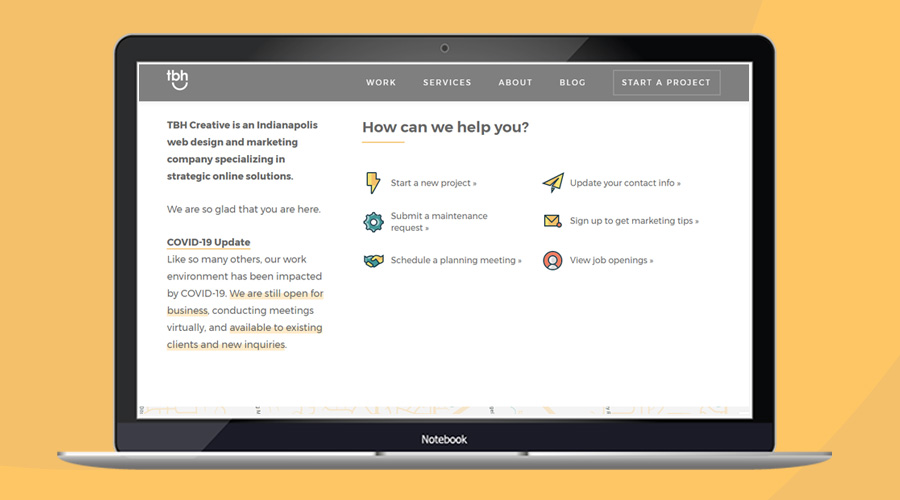
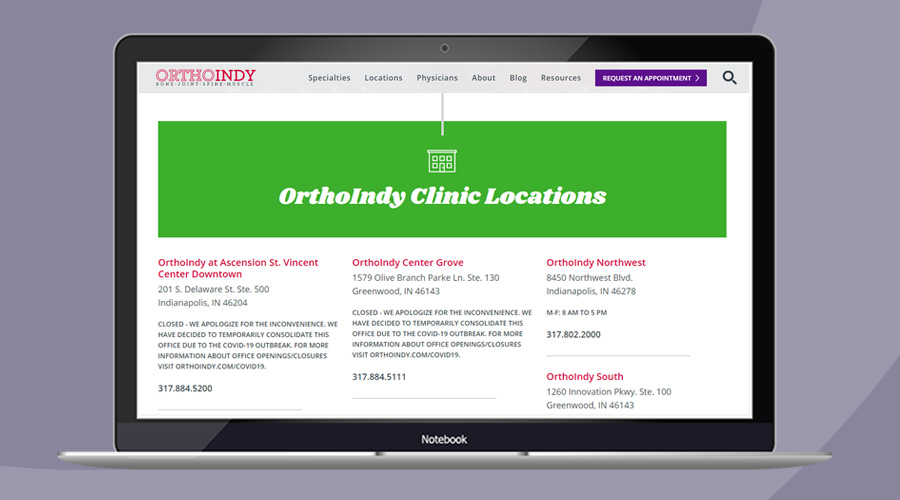
Draw attention to important business updates
Rather than changing content on several pages that will ultimately need to be reverted when the crisis has passed, try to use tools specifically designed to highlight temporary but important information.
Depending on the website design and organization structure, these quick updates may take the form of website alerts or a featured section of your website.
Create website alerts
One of the quickest ways to point website visitors to your crisis response is with a website alert. These designed elements often appear across the top of the screen or in other prominent placements to ensure they are noticed by visitors.
Use this space to grab the user’s attention and share important updates, including details about how the crisis is affecting your products or services, what customers can expect, and how users can learn more and get answers to their questions.
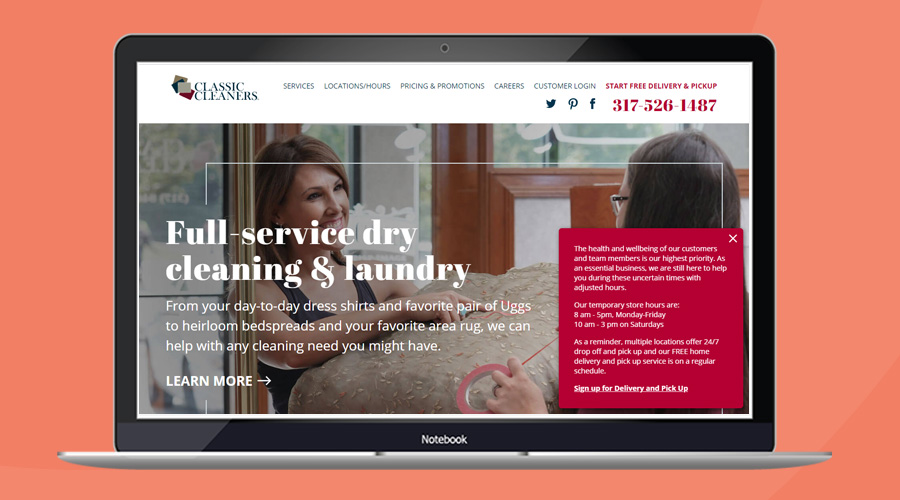

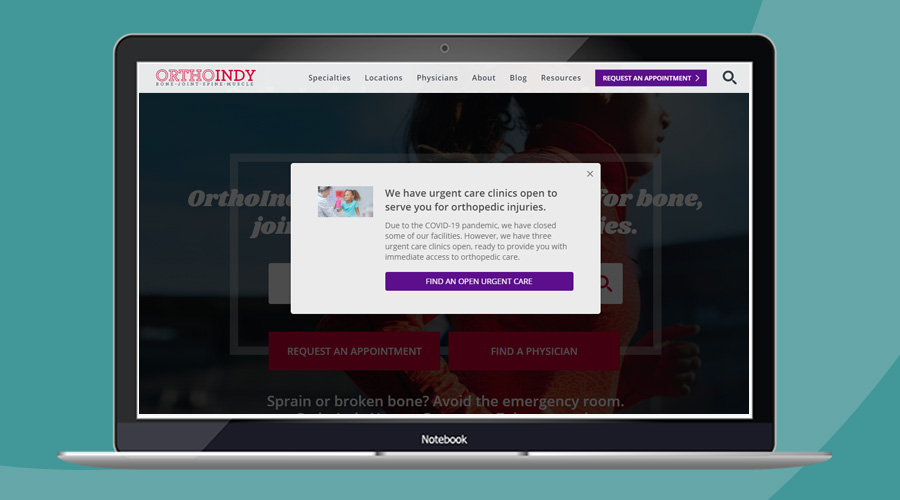
Develop appropriate new website content
If your website includes the option to build microsites, you can easily create new content dedicated entirely to handling crisis communications or the “new normal” your users can expect.
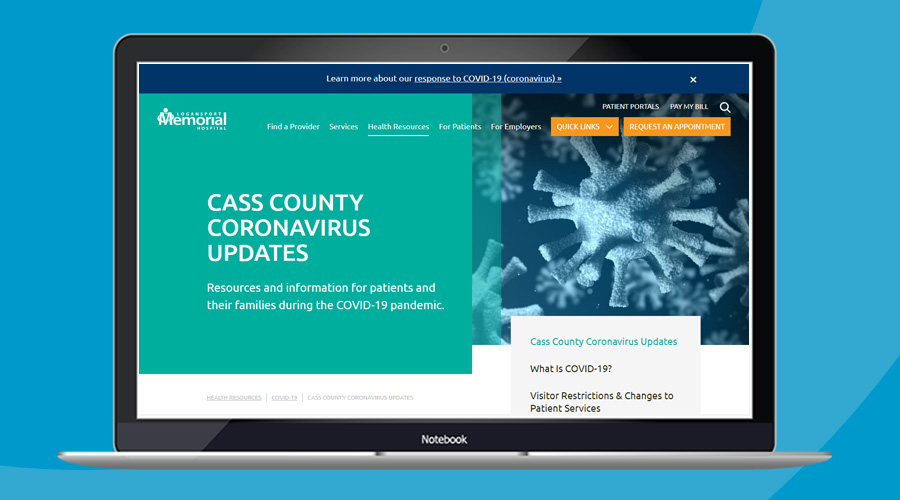
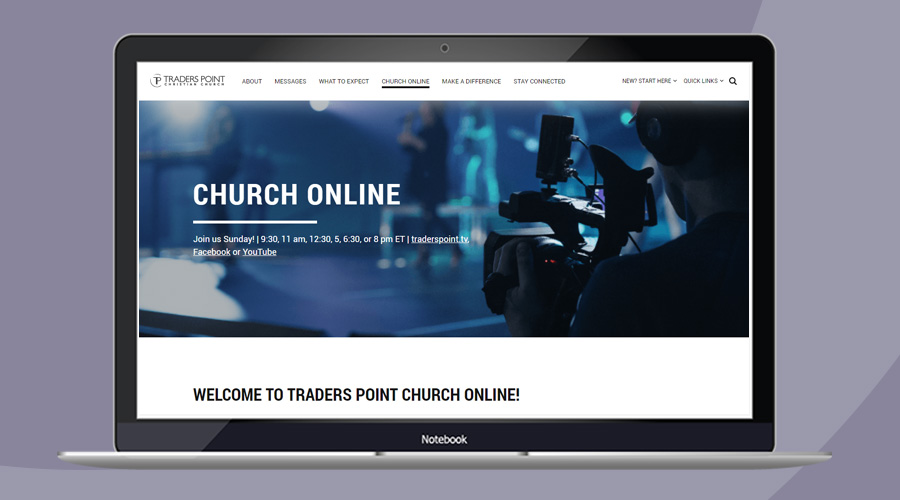
There are many factors to keep in mind when marketing during a crisis, and your website can serve as a helpful tool for getting your message out. Be sure to prioritize website updates as part of your communications strategy, and use your website as a clearinghouse for sharing the latest news from your company. Making no adjustments to your website and carrying on with business as usual may come across as out of touch.

